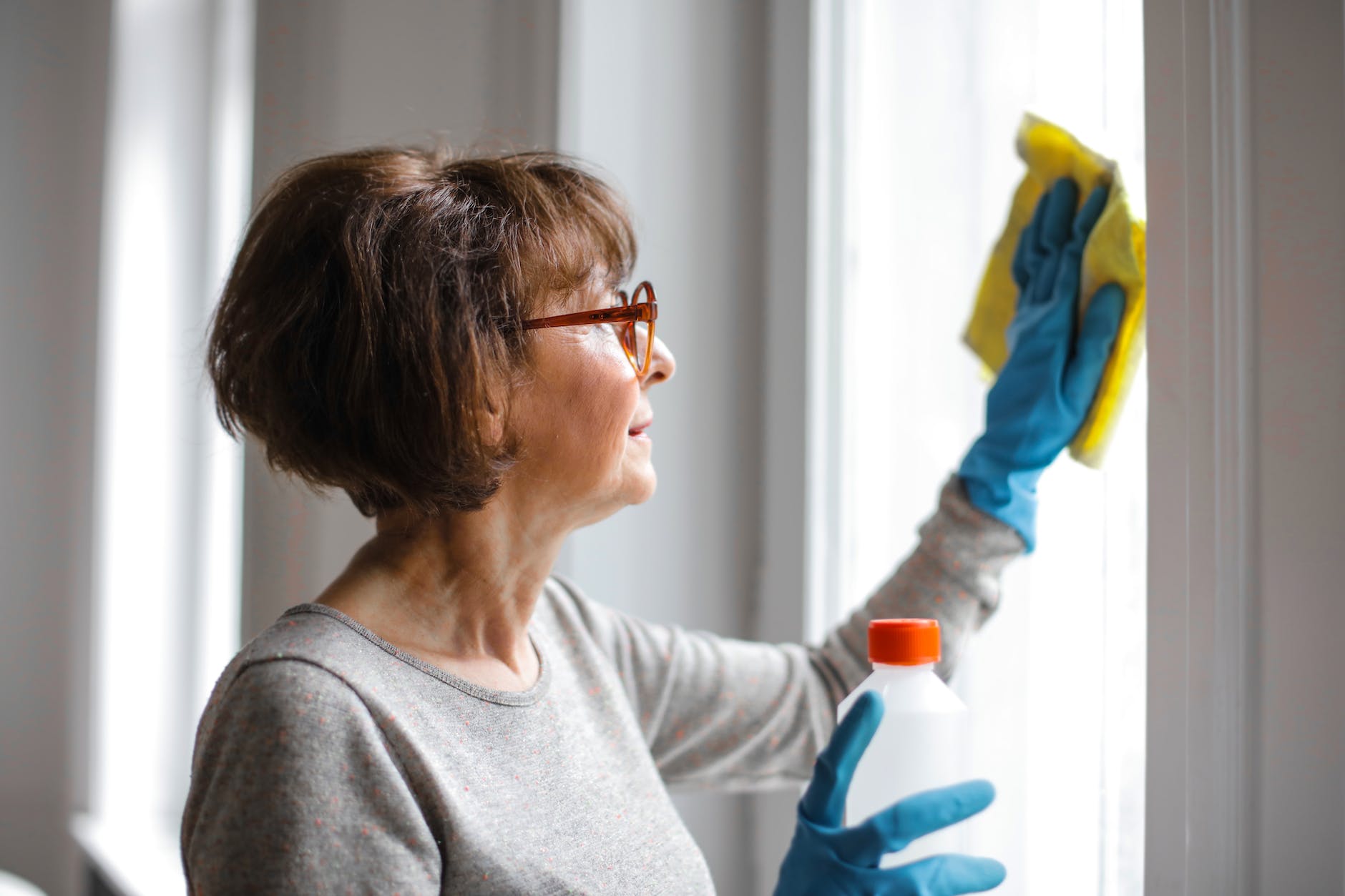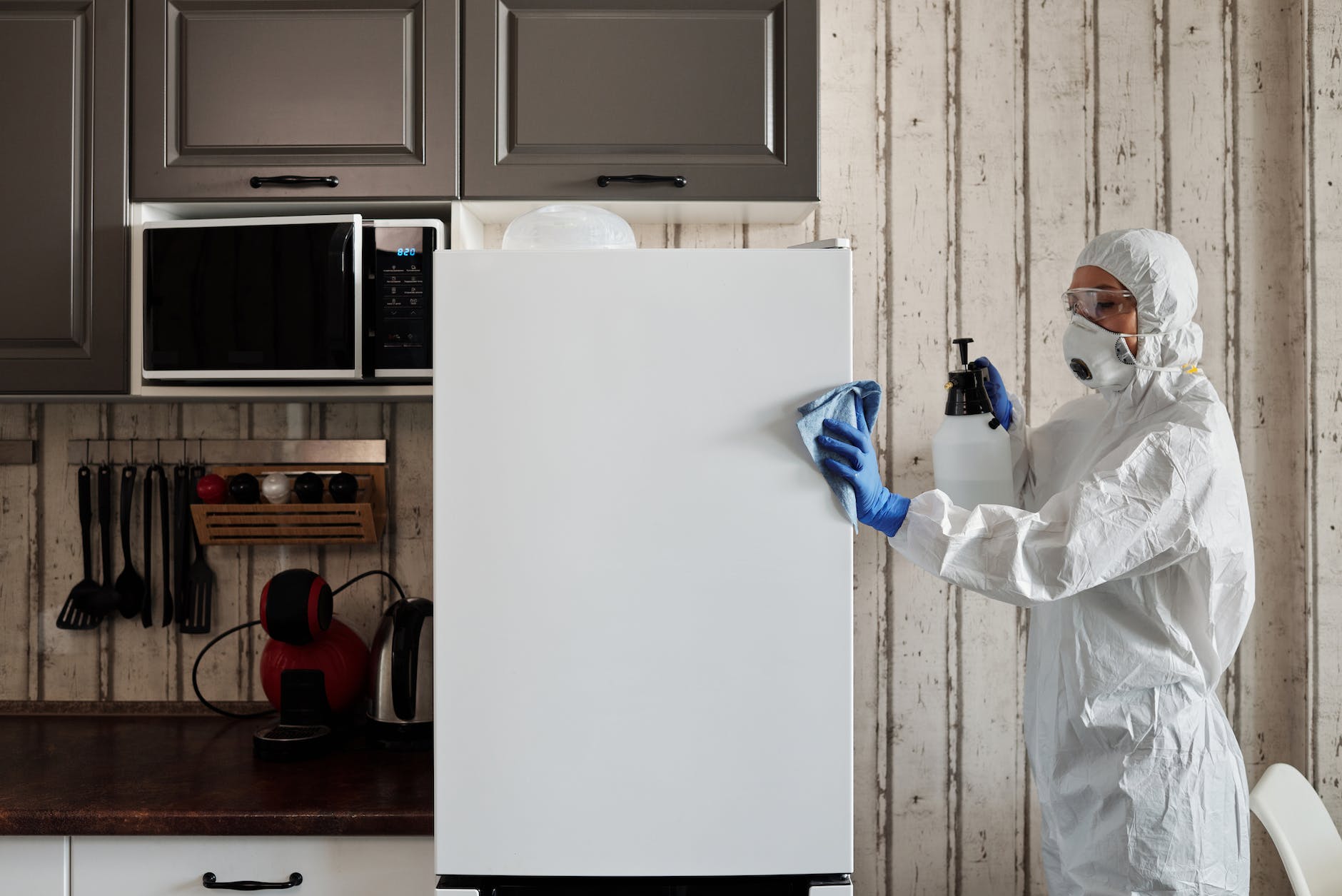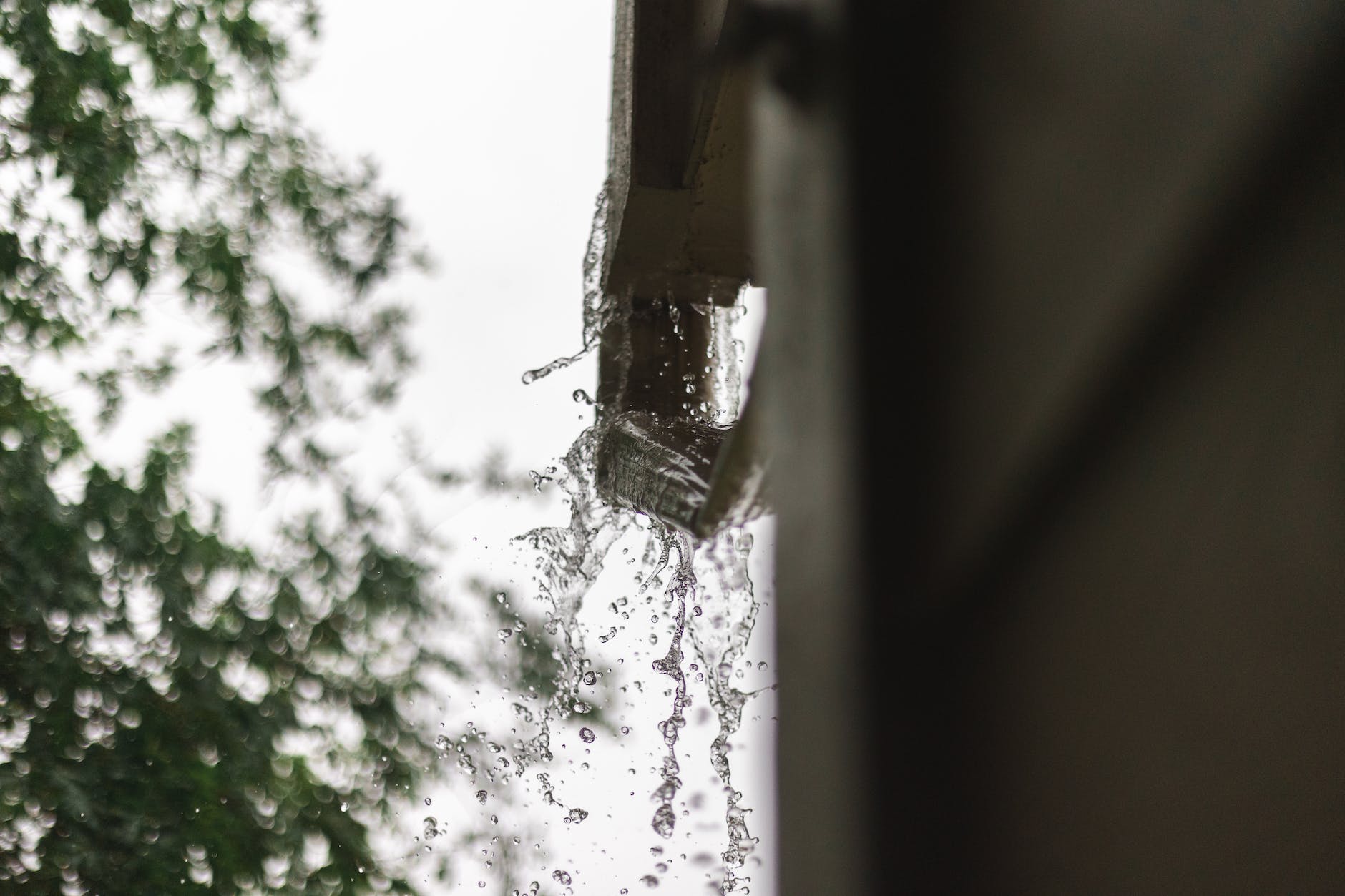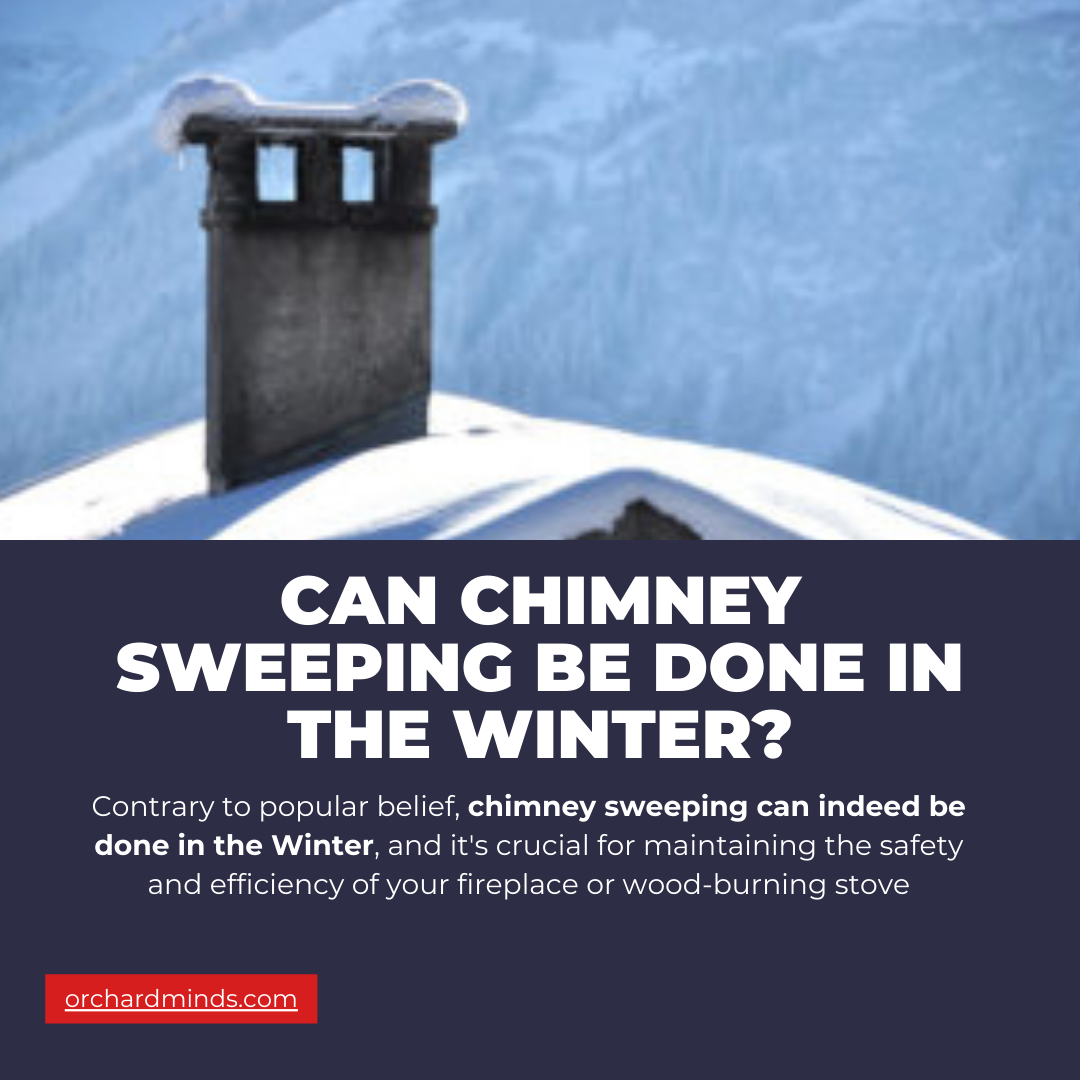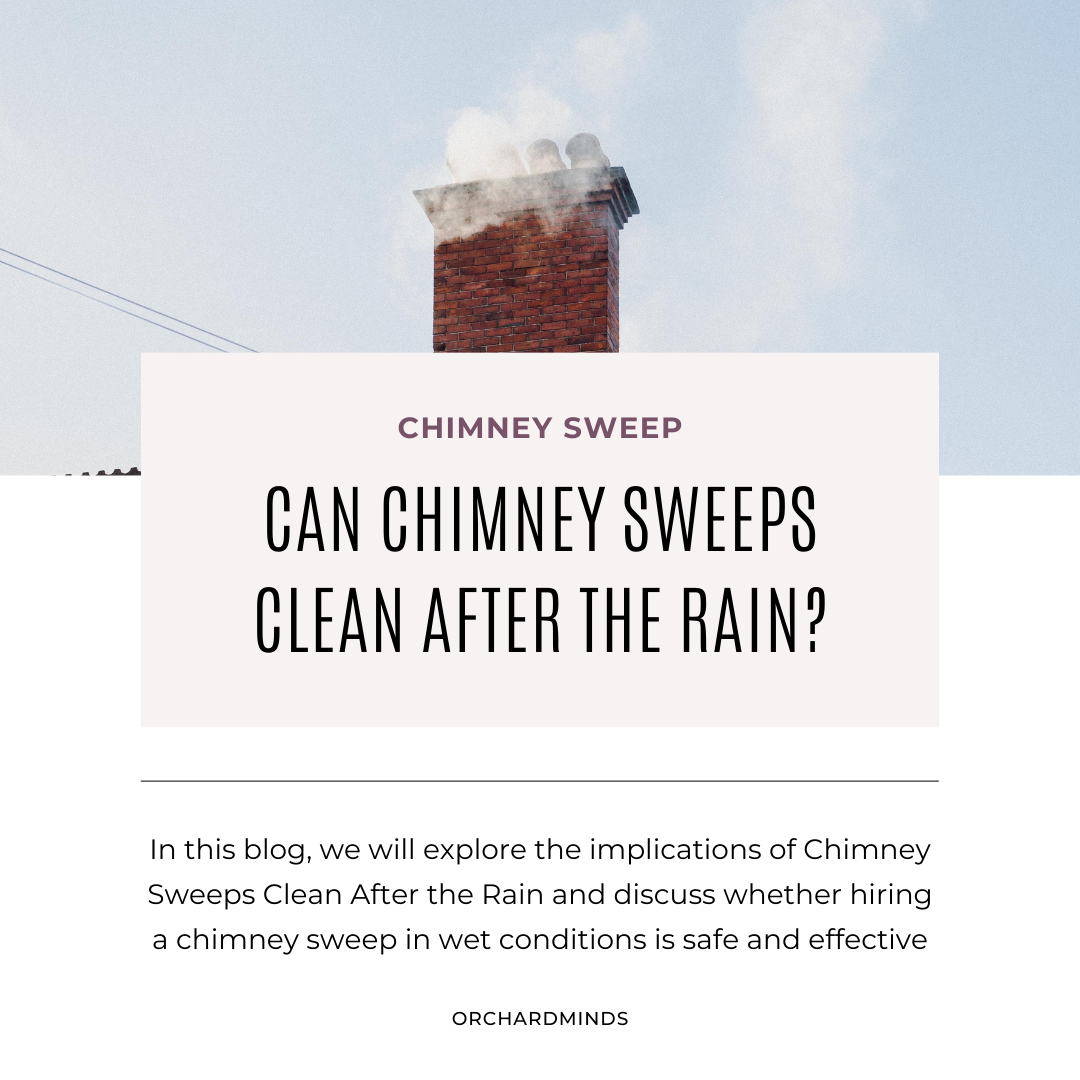Why is my chimney turning white ? If your chimney is turning white, it could be due to a phenomenon known as efflorescence. Efflorescence occurs when water-soluble salts migrate to the surface of masonry materials, such as bricks or mortar, and then crystallize as the water evaporates. In the case of a chimney, this process might be triggered by moisture entering the masonry, either from rain or condensation. As the water moves through the chimney structure, it carries dissolved salts to the surface.
Once the water evaporates, the salts are left behind, creating a white, powdery residue. While efflorescence itself is not harmful, it indicates a moisture issue that should be addressed to prevent potential damage to the chimney over time. Regular inspection and maintenance, along with addressing any water infiltration sources, can help mitigate the problem.
What is that White Stuff on My Chimney?
The white stuff on your chimney is likely efflorescence, a common occurrence on masonry surfaces. Efflorescence occurs when water-soluble salts migrate to the surface of the masonry and react with the air, leaving behind a white, powdery deposit. This process is often a result of water infiltration into the chimney, where the water dissolves minerals from the masonry and carries them to the surface. While efflorescence itself is generally harmless, it can indicate potential water damage and should be addressed to prevent further issues. Regular chimney maintenance, including sealing any cracks or gaps, can help mitigate water infiltration and reduce the likelihood of efflorescence formation.
Why Does My Chimney Have White Stains?
White stains on your chimney could be caused by a phenomenon known as efflorescence. Efflorescence occurs when water-soluble salts present in masonry materials migrate to the surface and crystallize, leaving behind a white, powdery residue. This often happens when moisture penetrates the chimney structure, dissolves the salts, and then evaporates, depositing the salts on the exterior. Additionally, suppose your chimney is exposed to rain or snow.
In that case, the water can carry minerals from the bricks or mortar to the surface, contributing to the formation of white stains. To address this issue, it’s important to identify and address any sources of water infiltration, such as leaks or inadequate flashing, and consider applying a water repellent to protect the chimney from further moisture penetration. Regular maintenance and proper ventilation can mitigate efflorescence and keep your chimney looking clean.
What is Efflorescence?
Efflorescence is a phenomenon commonly observed in porous materials such as concrete, brick, and stone, where soluble salts migrate to the surface and form a powdery, crystalline deposit. This occurrence occurs when water infiltrates the material, dissolving salts present in the pores. As the water evaporates, the salts are left behind, crystallizing on the surface. Efflorescence is often visible as white or grayish deposits and can affect the aesthetic appearance of structures. While it is generally not harmful to the structural integrity of the material, it may indicate water-related issues, such as leaks or inadequate drainage, that should be addressed to prevent further damage and maintain the longevity of the material.
Problems Caused Due to Efflorescence
Efflorescence refers to the formation of white, powdery deposits on the surface of masonry, concrete, or other building materials. This phenomenon occurs when water-soluble salts within the material migrate to the surface and crystallize as water evaporates. One of the primary problems caused by efflorescence is aesthetic degradation. The unsightly white stains can mar the appearance of structures, diminishing their visual appeal. Additionally, efflorescence may signal underlying issues with moisture infiltration or poor drainage, leading to more severe structural problems if left unaddressed.
What is Present in Efflorescence?
Efflorescence typically consists of salts, such as calcium carbonate, magnesium sulfate, and sodium chloride, that are present in the building materials. These salts are soluble in water and are drawn to the surface through capillary action as moisture moves through the material. When the water evaporates, the salts crystallize, forming the characteristic white deposits. The specific composition of efflorescence can vary depending on the types of salts present in the building materials and environmental conditions.
Why is Efflorescence an Issue?
Efflorescence poses several challenges for structures. Firstly, it compromises the visual appeal of surfaces, affecting the aesthetics of buildings and structures. Moreover, efflorescence can be an indicator of more significant problems, such as water infiltration and poor drainage, which, if not addressed, can lead to long-term structural damage. In addition to structural concerns, efflorescence can negatively impact the durability of coatings and finishes applied to surfaces. Overall, addressing efflorescence is crucial not only for maintaining the appearance of structures but also for preventing potential structural and material deterioration caused by underlying moisture-related issues.
What Causes the Chimney to Turn White?
The phenomenon of a chimney turning white is often attributed to efflorescence. This occurs when water-soluble salts within the bricks or mortar migrate to the surface and crystallize as water evaporates. The white, powdery substance that forms is a telltale sign of this process. The presence of efflorescence not only impacts the aesthetic appeal of the chimney but can also indicate potential issues related to water infiltration and drainage.
Water and bricks don’t mix.
Brick chimneys are susceptible to water-related issues due to the porous nature of bricks. When bricks absorb water, they become a conduit for moisture to penetrate the chimney structure. This absorption can lead to a range of problems, including efflorescence, deterioration of mortar joints, and, in extreme cases, structural damage. Preventing water ingress is crucial for maintaining the integrity of the chimney and preserving its appearance.
The cycle of deterioration
The cycle of chimney deterioration often begins with water infiltration. As water enters the chimney structure, it can cause the mortar to degrade over time. Weakened mortar joints then allow more water to penetrate, exacerbating the problem. This cycle of deterioration can lead to the formation of efflorescence and staining and ultimately compromise the structural stability of the chimney. Regular maintenance and promptly addressing water-related issues can break this cycle and prevent further damage.
Adequate Drainage
A key factor in preventing chimneys from turning white and experiencing water-related issues is ensuring adequate drainage. Properly designed and maintained drainage systems, including features such as flashing and chimney caps, help divert water away from vulnerable areas. By implementing effective drainage solutions, homeowners can minimize the risk of water infiltration, efflorescence, and other associated problems, thus prolonging the life of their chimneys.
Why excess water gets into chimneys
Excess water can infiltrate chimneys through various avenues, including damaged flashing, deteriorated mortar joints, or the absence of a chimney cap. Cracks in the chimney structure or poor chimney construction can also provide pathways for water entry. Understanding the potential entry points for water and addressing them through proper maintenance and repairs is essential to prevent the detrimental effects of excess water on chimneys. Regular inspections and timely interventions can mitigate these issues, preserving the functionality and appearance of the chimney.
How to prevent White Stuff on My Chimney
Preventing the formation of white deposits, or efflorescence, on your chimney involves addressing the underlying issue of moisture infiltration. Ensure proper chimney construction and maintenance, including waterproofing treatments and adequate ventilation, to minimize the potential for water penetration. Regular inspections and repairs to any cracks or gaps in the chimney structure can also help prevent moisture-related problems, ultimately reducing the likelihood of efflorescence formation.
Preventing Efflorescence Pre-Construction and Post-Construction
Efflorescence prevention starts before construction by selecting building materials with low water-soluble salt content. During construction, proper curing practices should be employed to minimize the migration of salts to the surface. Post-construction, applying waterproofing sealants to surfaces can create a barrier that prevents water from entering the material and carrying salts to the surface. Adequate drainage systems and ventilation should also be incorporated to manage water effectively.
Storage Separation
Efflorescence can be exacerbated by the storage of materials in damp conditions. Before construction, store building materials in a dry environment to prevent them from absorbing excess moisture. Additionally, during construction, ensure that materials are stored off the ground and covered to protect them from rain or groundwater. Proper storage practices can reduce the initial presence of water-soluble salts in the materials, minimizing the potential for efflorescence.
Changes to The Architecture
Architectural modifications can contribute to efflorescence prevention. Design features that promote proper water drainage away from surfaces, such as sloped roofs and well-designed flashing, can help prevent water infiltration. Adequate ventilation in enclosed spaces also aids in reducing humidity levels, preventing the conditions favorable for efflorescence formation.
Landscaping Changes
Landscaping can play a role in efflorescence prevention, particularly by addressing water runoff. Proper grading around the chimney area ensures that water flows away from the structure, preventing water accumulation and potential moisture issues. Installing gutters and downspouts can redirect rainwater away from the chimney, reducing the risk of efflorescence formation on the exterior surfaces. Additionally, maintaining vegetation at a reasonable distance from the chimney can help minimize moisture retention and promote proper drying.
Capillary Rupture
Capillary rupture refers to the phenomenon where water is drawn into small capillaries or pores within a material, leading to its deterioration. This process is particularly relevant in construction materials like concrete and masonry. The continuous cycle of water infiltration and subsequent drying can cause capillaries to rupture, compromising the structural integrity and durability of the material over time. Mitigating capillary rupture is crucial for maintaining the longevity and performance of structures, often achieved through proper waterproofing measures and the use of water-resistant materials.
Combined Grout
Combined grout refers to a mixture of cement, sand, and often other additives used to fill voids, gaps, or spaces in construction projects. It is commonly employed in applications such as tile installation, masonry work, and reinforcement of structures. The combination of these materials results in a durable and stable filler that helps enhance the overall integrity of the construction. Combined grout serves not only as a structural element but also plays a crucial role in preventing water infiltration and maintaining the stability of joints and connections within a building or infrastructure.
Cement Additives
Cement additives are substances mixed with cement during its production to enhance specific properties or address certain challenges. These additives can improve factors such as strength, workability, and durability of the concrete. Common cement additives include accelerators, retarders, plasticizers, and air-entraining agents. The selection of appropriate additives depends on the intended application and environmental conditions. By incorporating these additives, builders and engineers can tailor the characteristics of the cement to meet the specific requirements of a construction project, ensuring optimal performance and longevity.
Coating Sealant (Water Repellent)
Coating sealants, particularly water-repellent varieties, play a crucial role in protecting surfaces from water damage. These sealants form a protective barrier on various materials, such as concrete, masonry, or wood, preventing water penetration. Water-repellent coatings are especially important in areas prone to heavy rainfall or high humidity. By repelling water, these sealants help mitigate issues like efflorescence, mold growth, and structural deterioration caused by moisture infiltration. They contribute to the overall durability and longevity of structures by preserving the integrity of the underlying materials.
Adequate Drainage
Adequate drainage is a fundamental aspect of construction and landscaping to manage water effectively and prevent damage to structures. Proper drainage systems, including gutters, downspouts, and grading, ensure the efficient removal of rainwater and groundwater away from buildings and foundations. Insufficient drainage can lead to water pooling around structures, causing soil erosion, foundation damage, and potential flooding. Incorporating well-designed drainage solutions in construction projects is essential for safeguarding against water-related issues and preserving the stability and longevity of buildings and infrastructure.
Required Tools for removing White Stains from you chimney
Removing efflorescence from a chimney typically requires a few essential tools. A stiff brush, wire brush, or nylon brush can be used to scrub the affected area and loosen the efflorescent deposits. A mild detergent or specialized efflorescence cleaner may be needed to dissolve and remove the salts. Additionally, protective gear such as gloves and safety goggles should be worn when working with cleaning solutions. For more stubborn cases, a pressure washer with a low-pressure setting can help rinse off the residues. However, caution should be exercised to avoid causing damage to the chimney surface.
How do I permanently get rid of efflorescence?
To permanently eliminate efflorescence, it’s crucial to address the root cause, which is usually excess moisture infiltration. Identify and fix any leaks, improve ventilation, and ensure proper drainage around the chimney. Applying a water repellent or sealant to the chimney surface can help prevent water from penetrating and carrying salts to the surface. Additionally, choosing materials with lower salt content during construction or renovation can be a preventive measure. Regular inspection and maintenance are essential to ensure long-term effectiveness in preventing the recurrence of efflorescence.
What causes efflorescence on a chimney?
Efflorescence on a chimney is primarily caused by the migration of water-soluble salts to the surface as moisture moves through the masonry. This can be attributed to various factors, including water infiltration from rain or snow, inadequate drainage, or poor ventilation. As water evaporates, it leaves behind the salts, leading to the characteristic white stains. Identifying and addressing the source of moisture is crucial to eliminate efflorescence and prevent its recurrence effectively.
What is the best efflorescence remover?
The choice of the best efflorescence remover depends on the severity of the deposits and the type of surface. Acidic cleaners containing mild acids like citric or acetic acid are effective in dissolving efflorescent salts. Commercial efflorescence removers are available, and some may also contain inhibitors to prevent future occurrences. However, caution should be exercised when using acidic solutions to avoid damage to the masonry or surrounding areas. Testing a small, inconspicuous area before widespread application is advisable to ensure compatibility and effectiveness.
